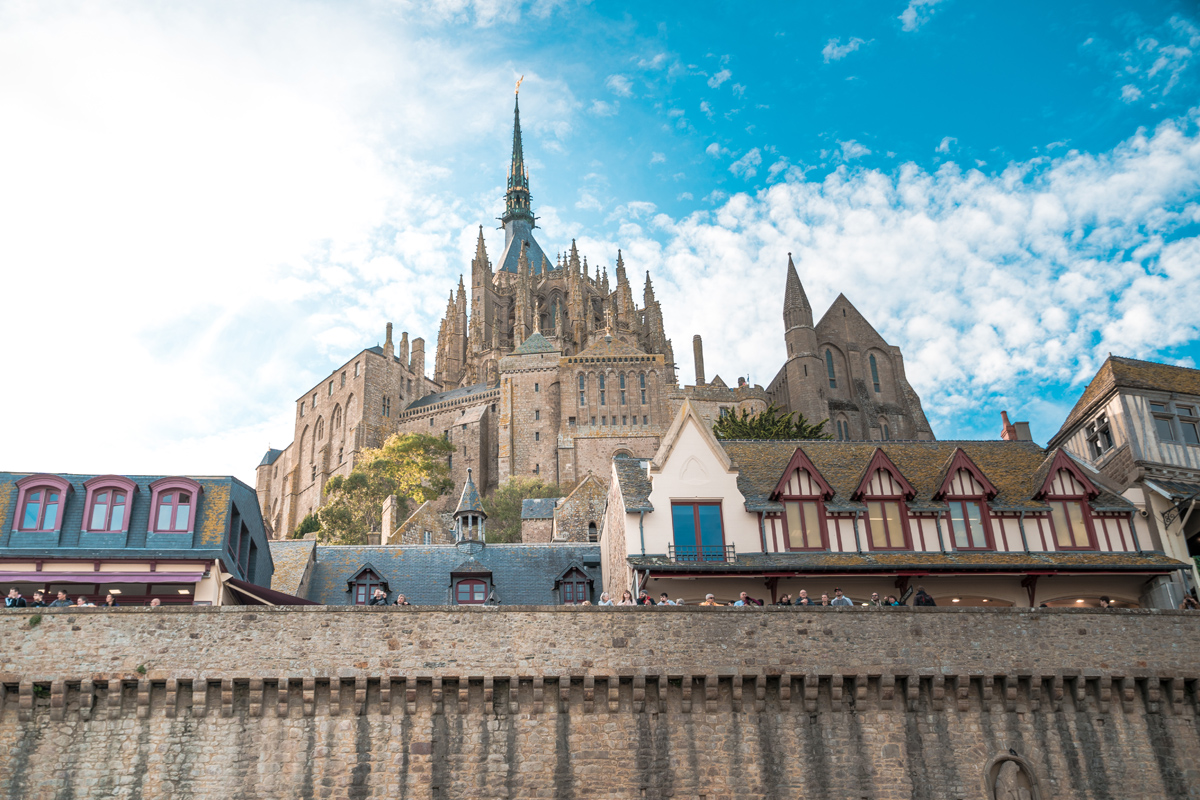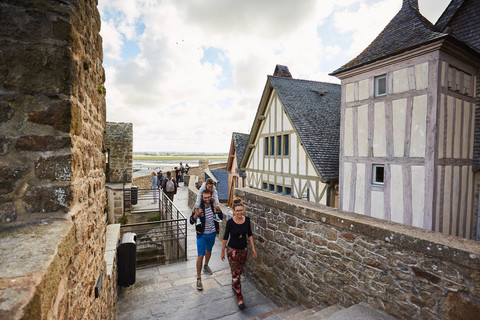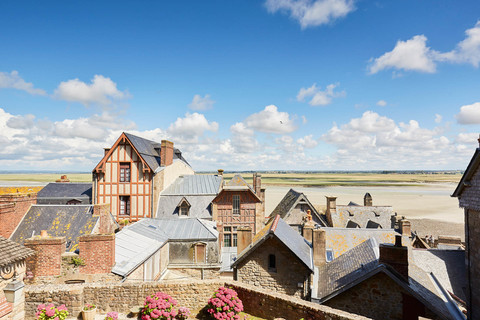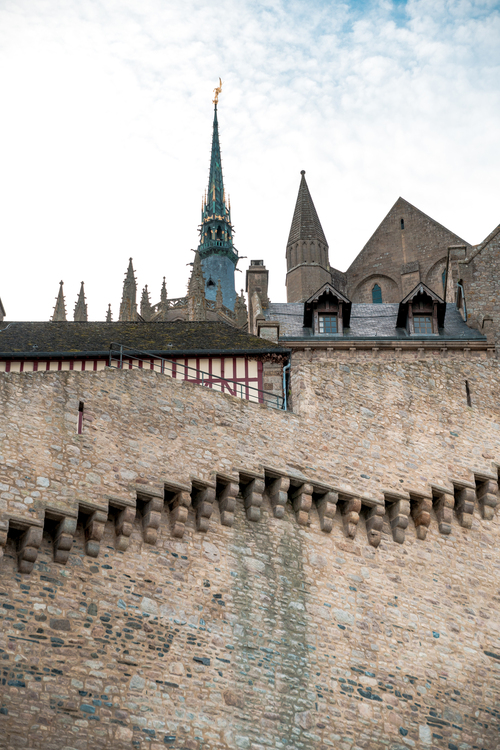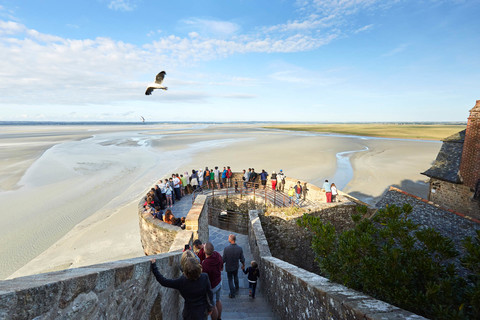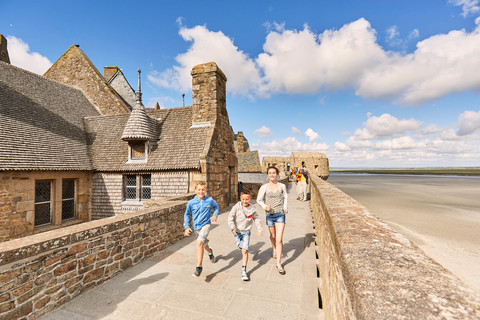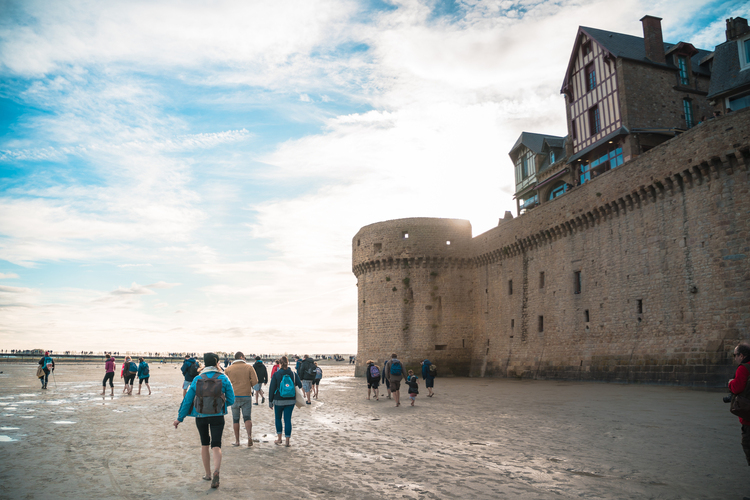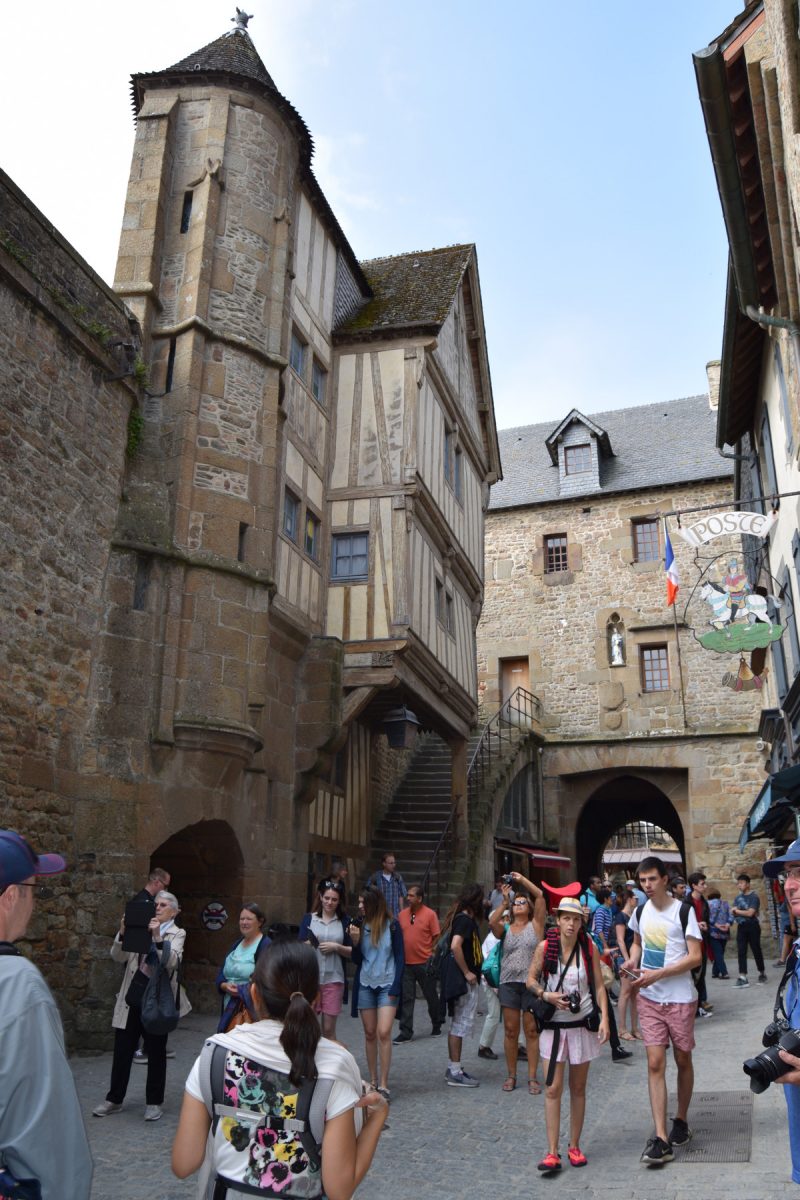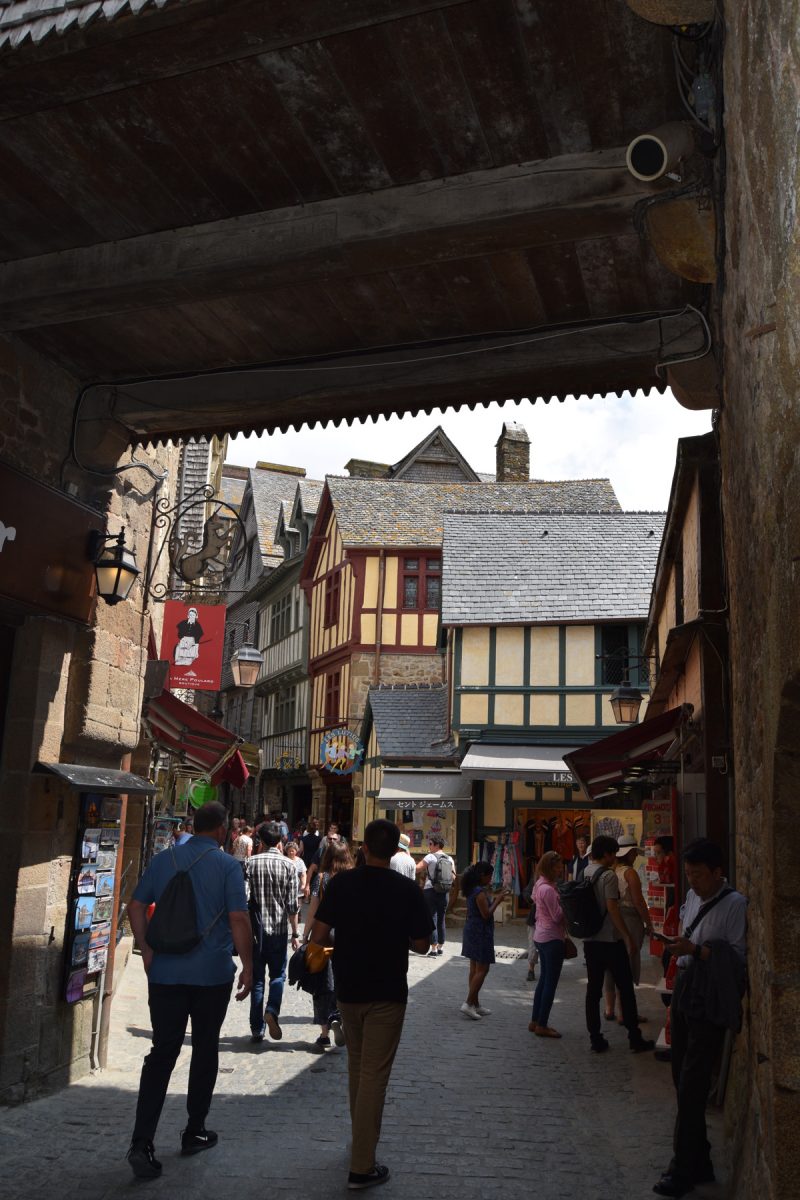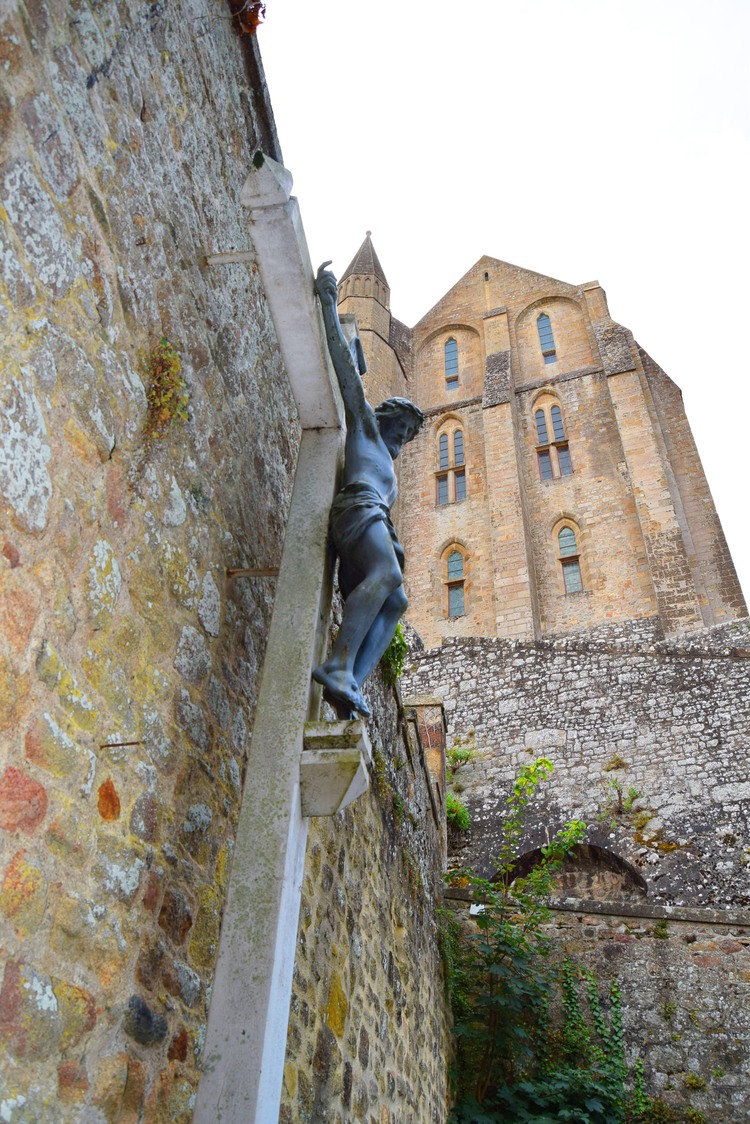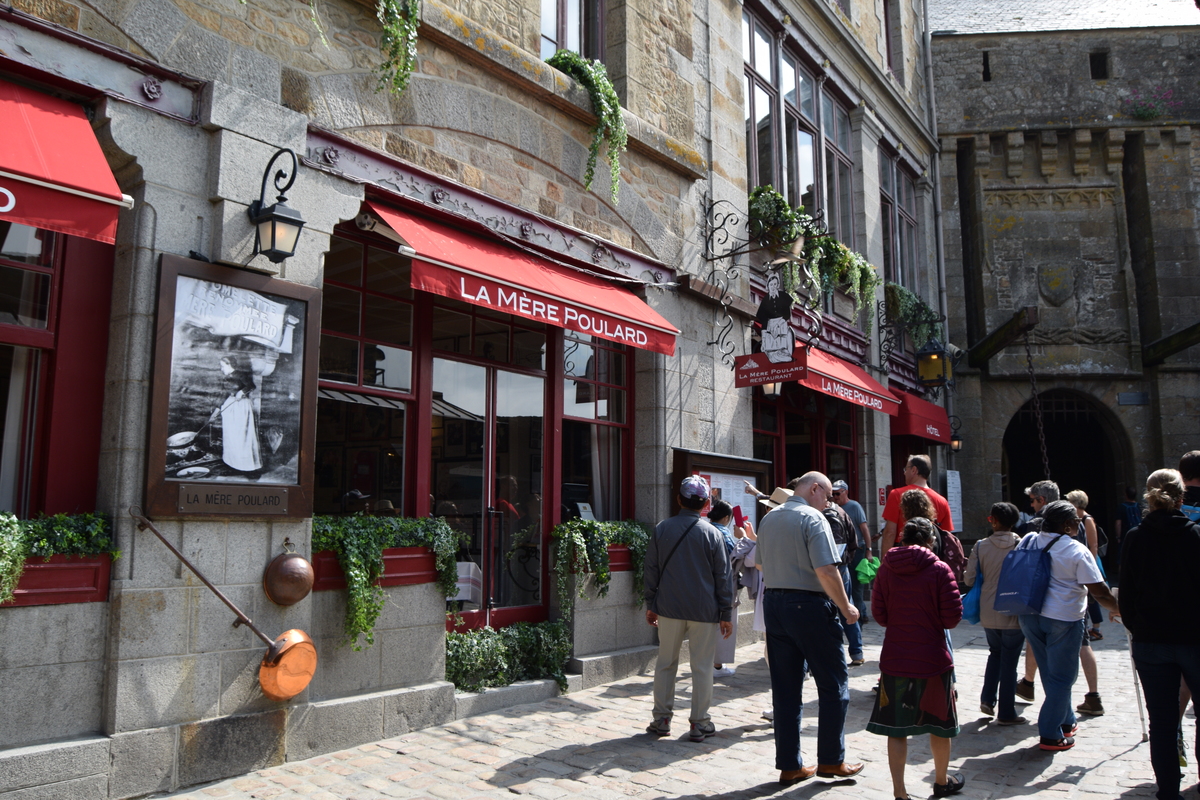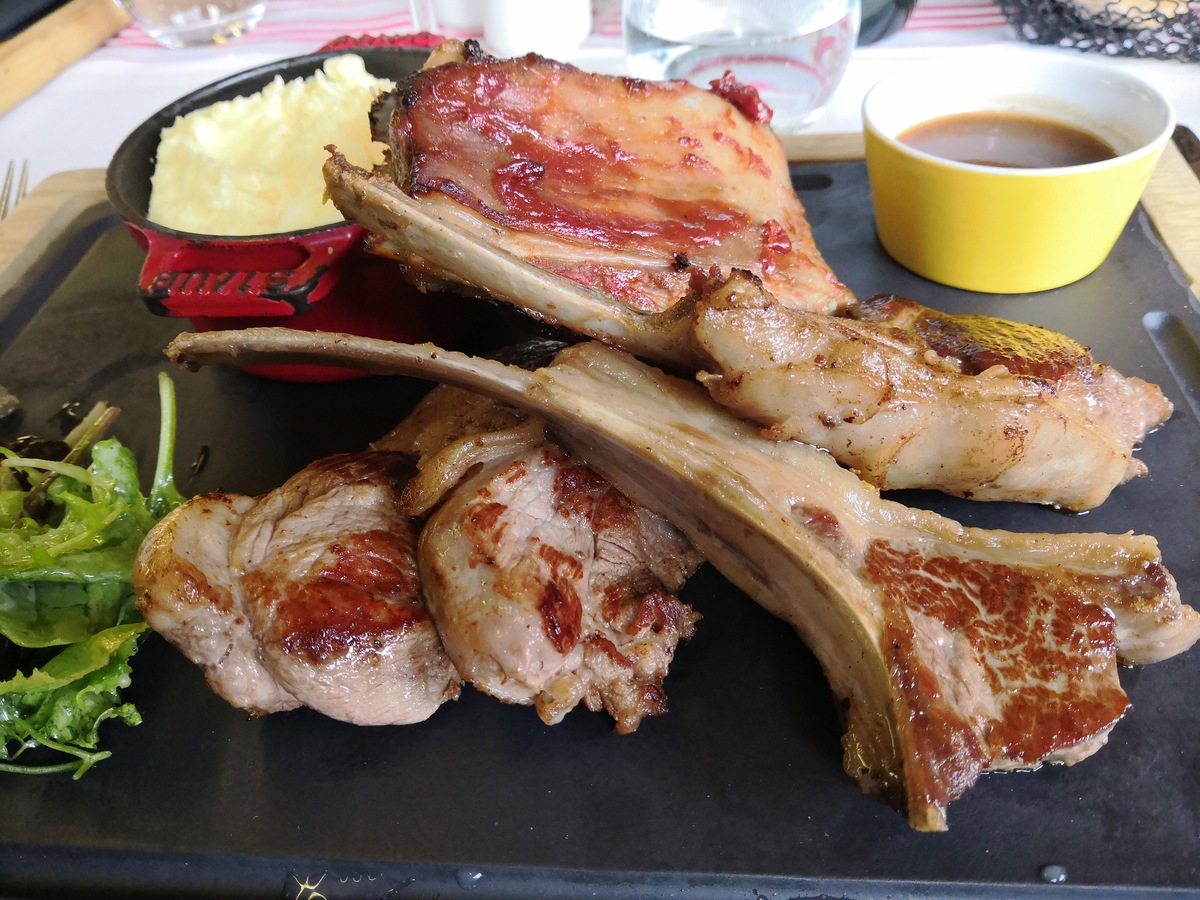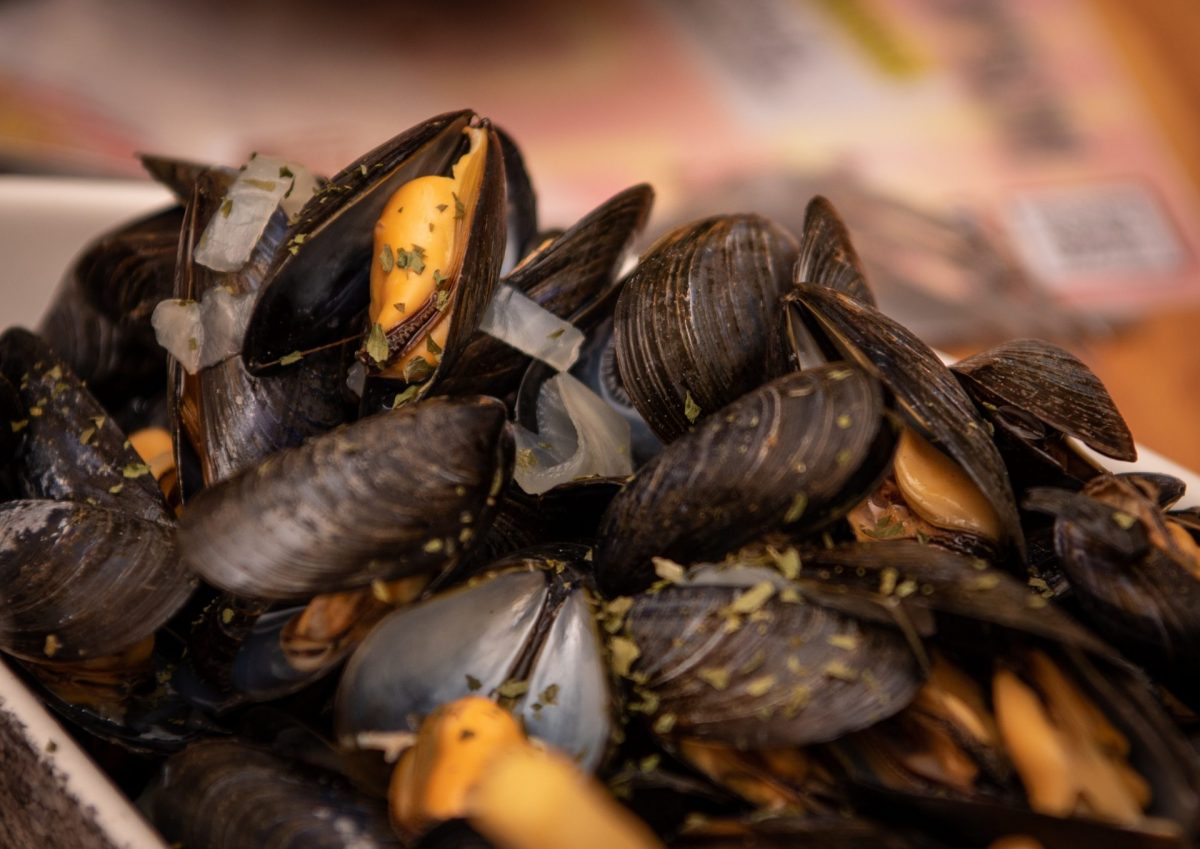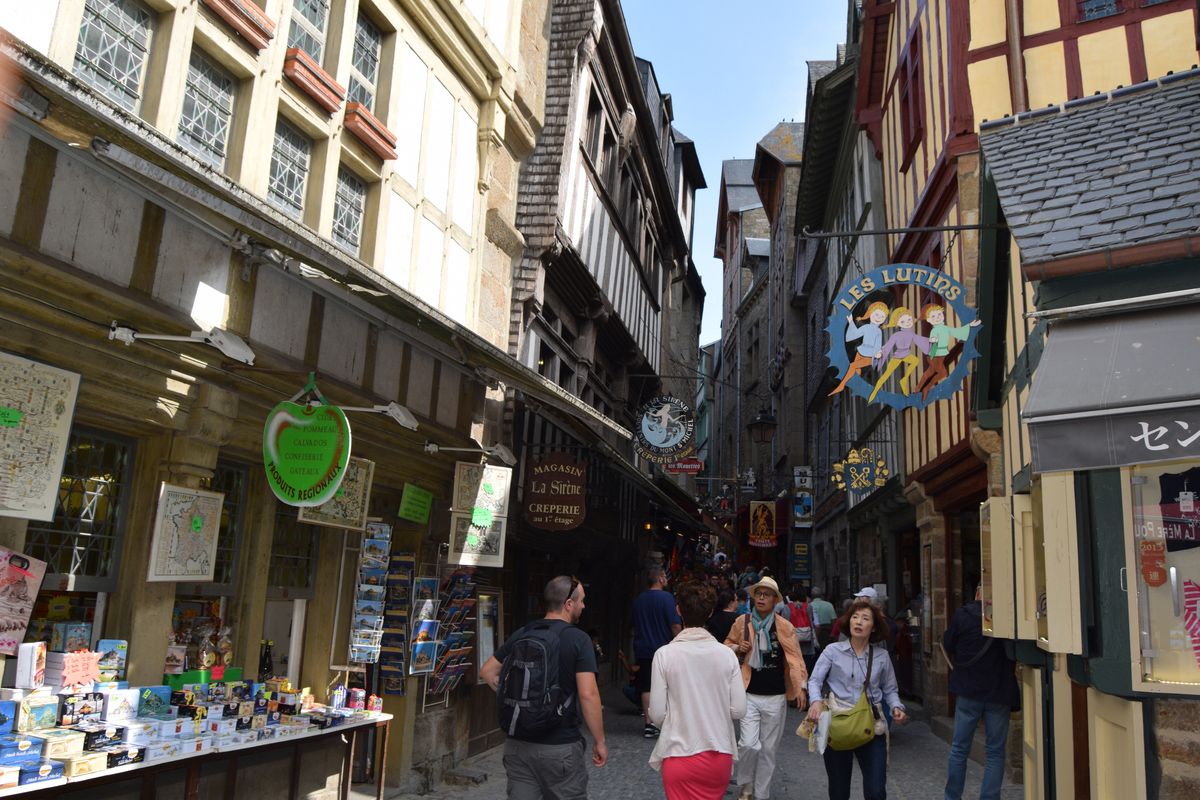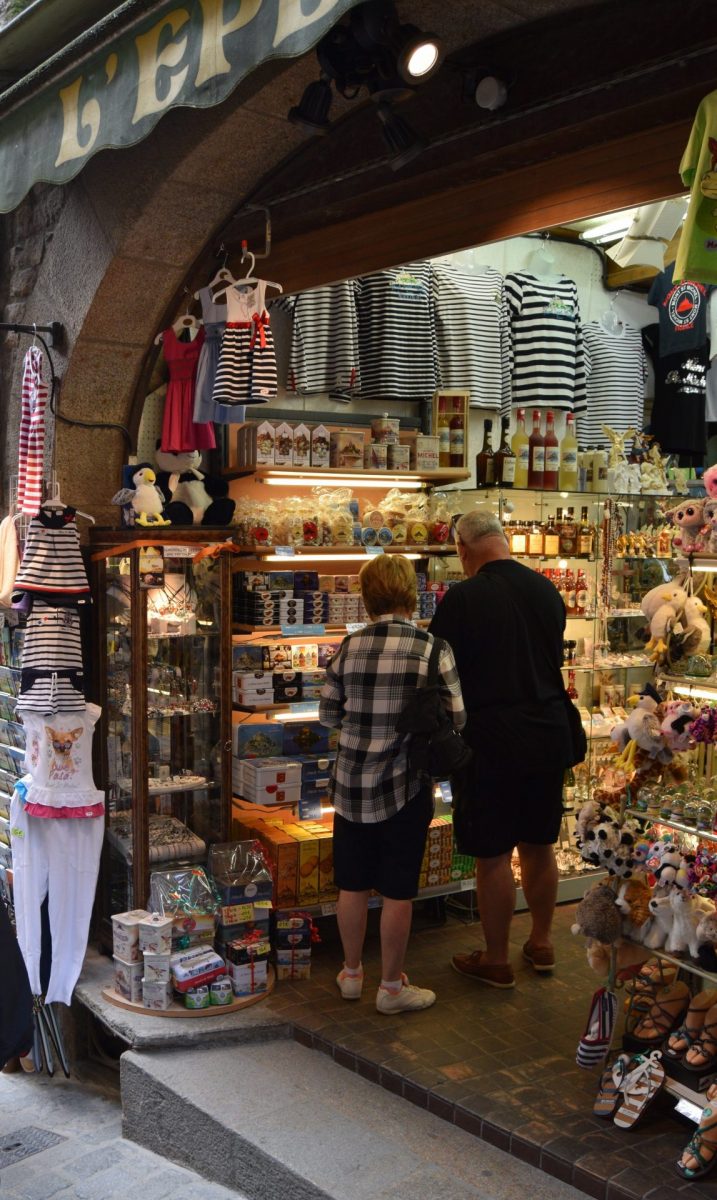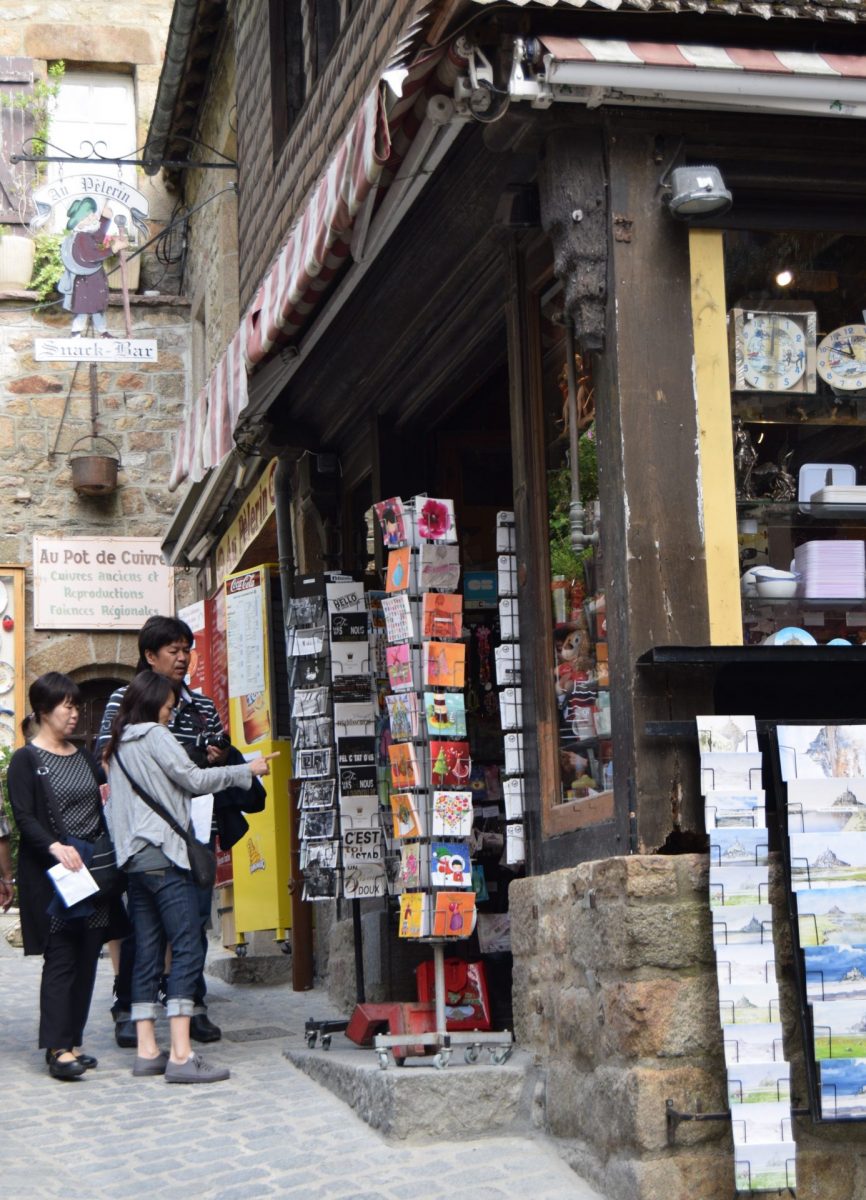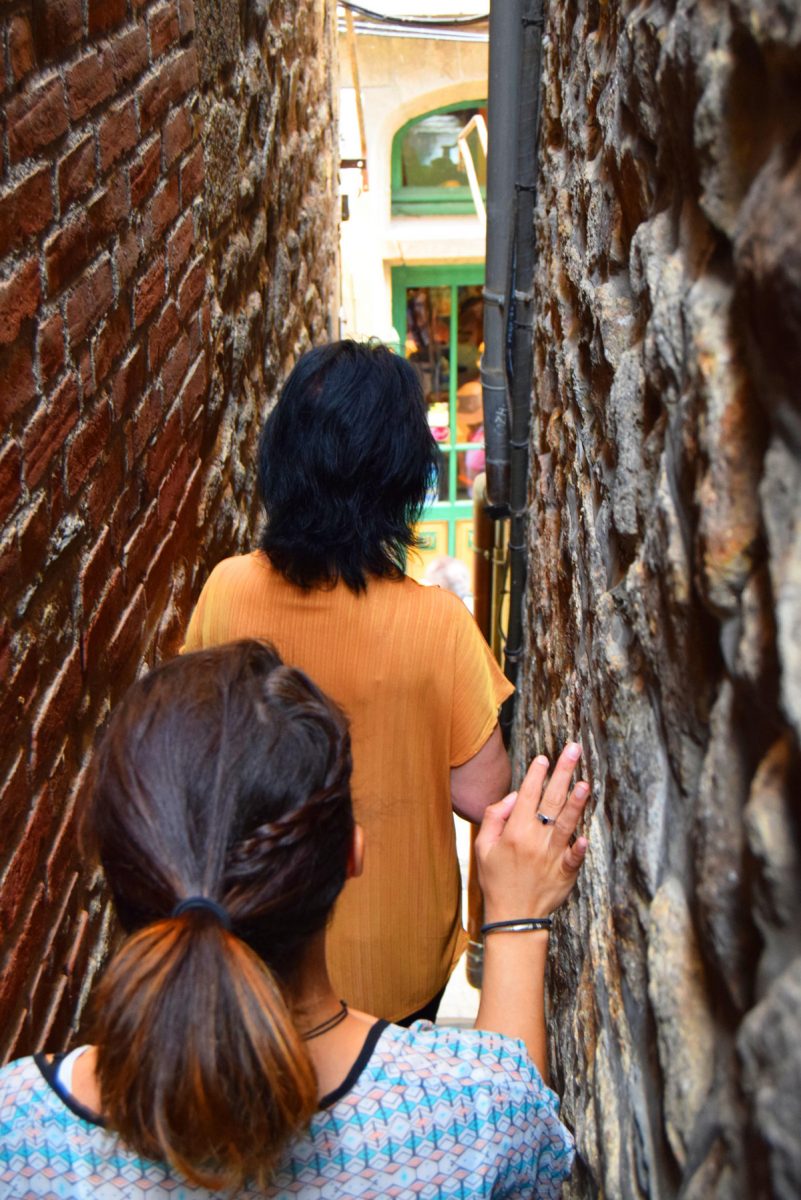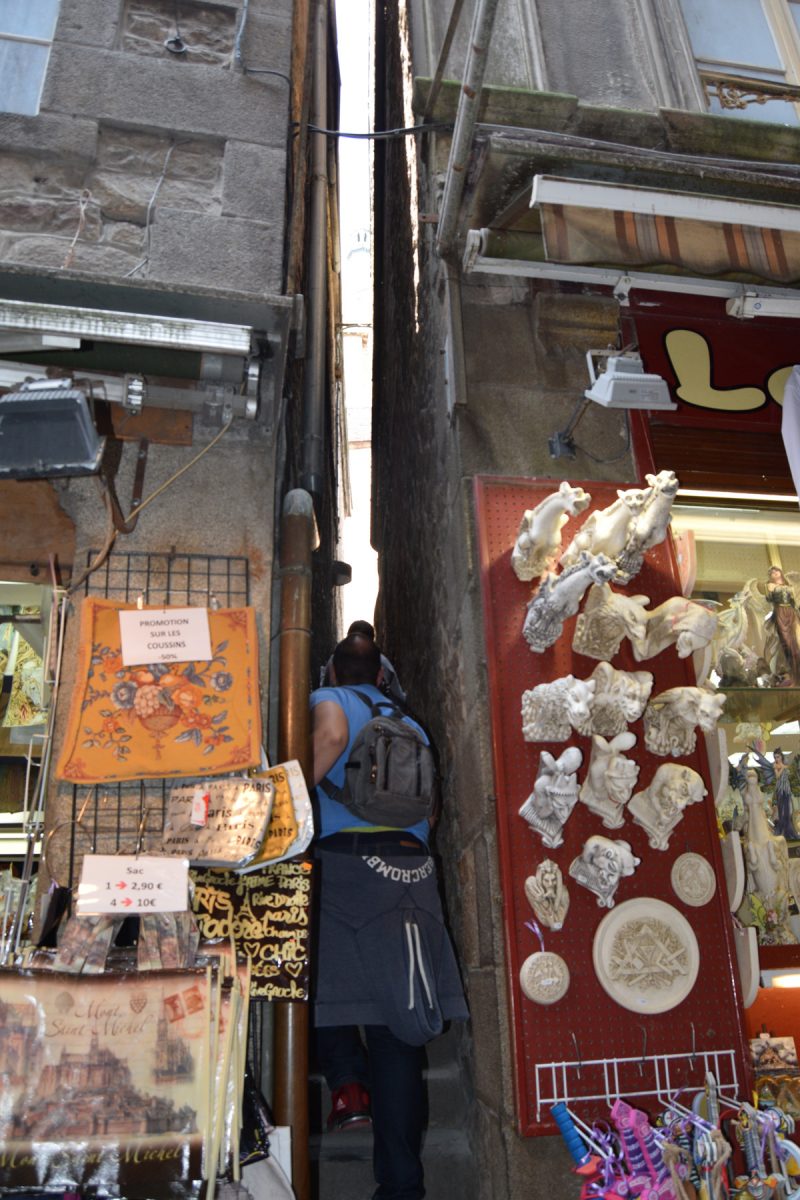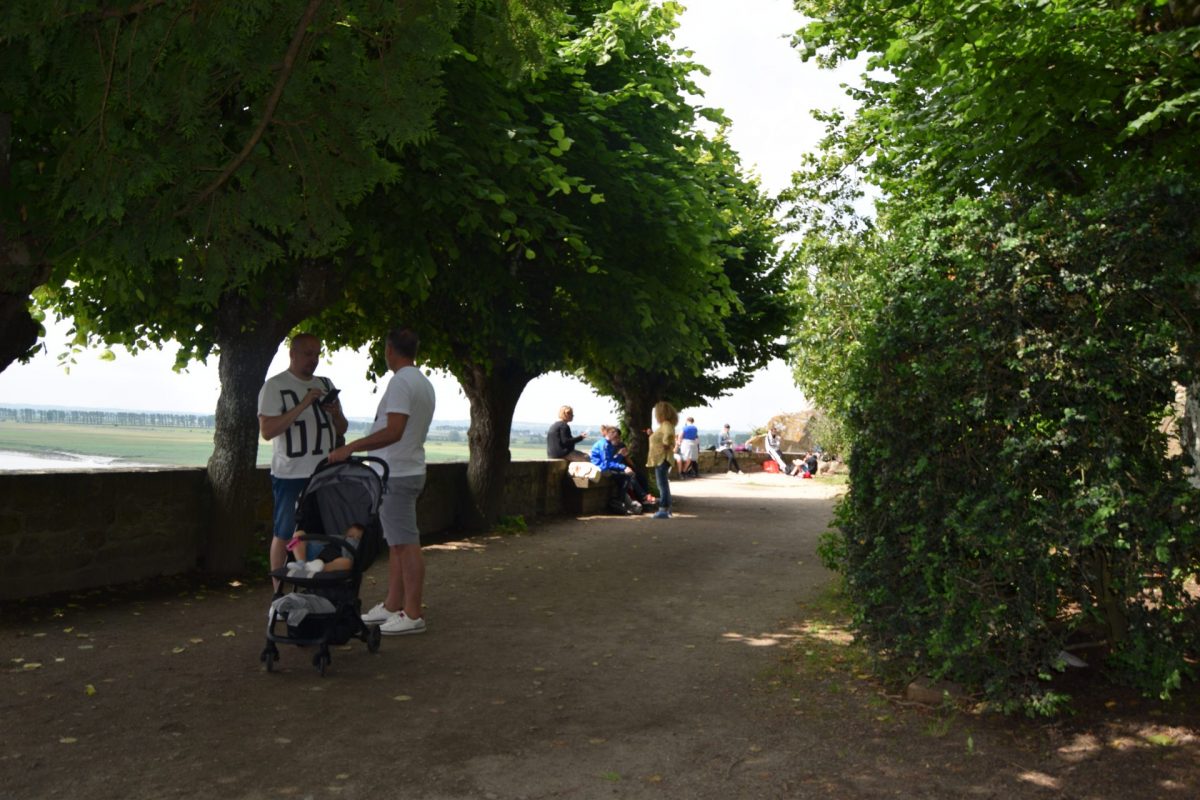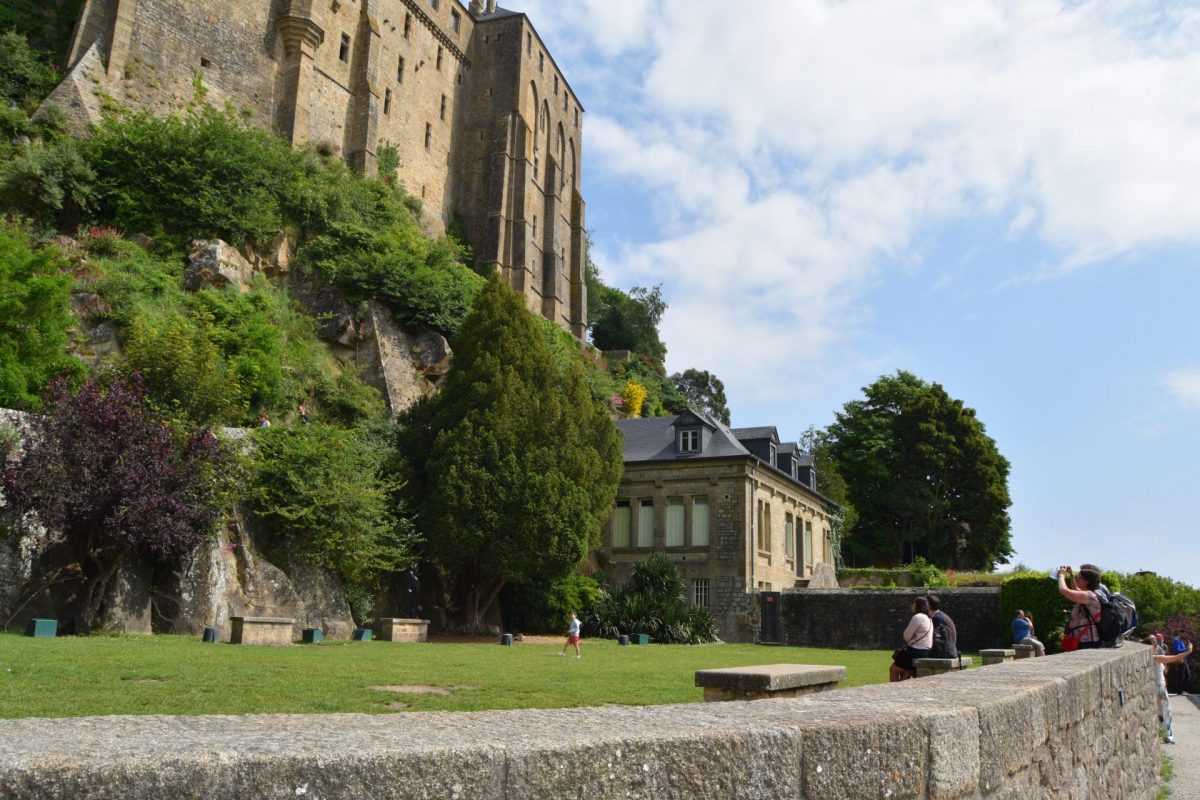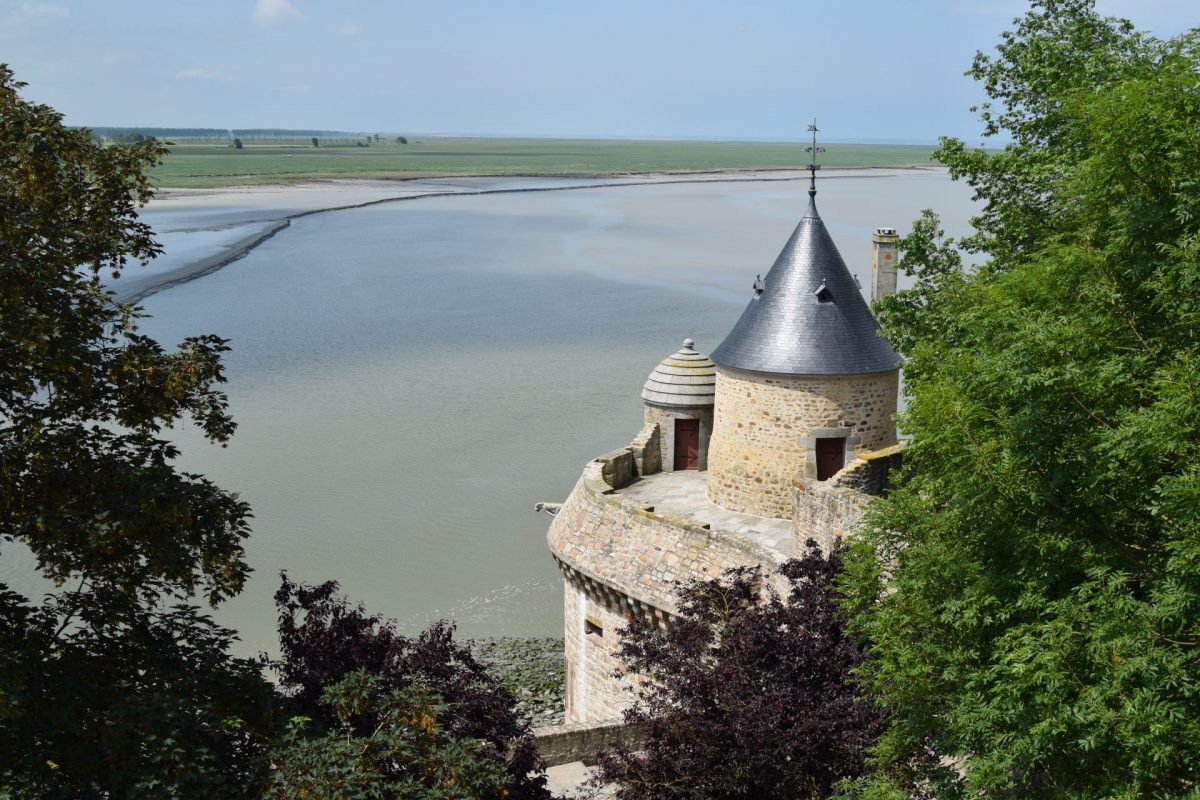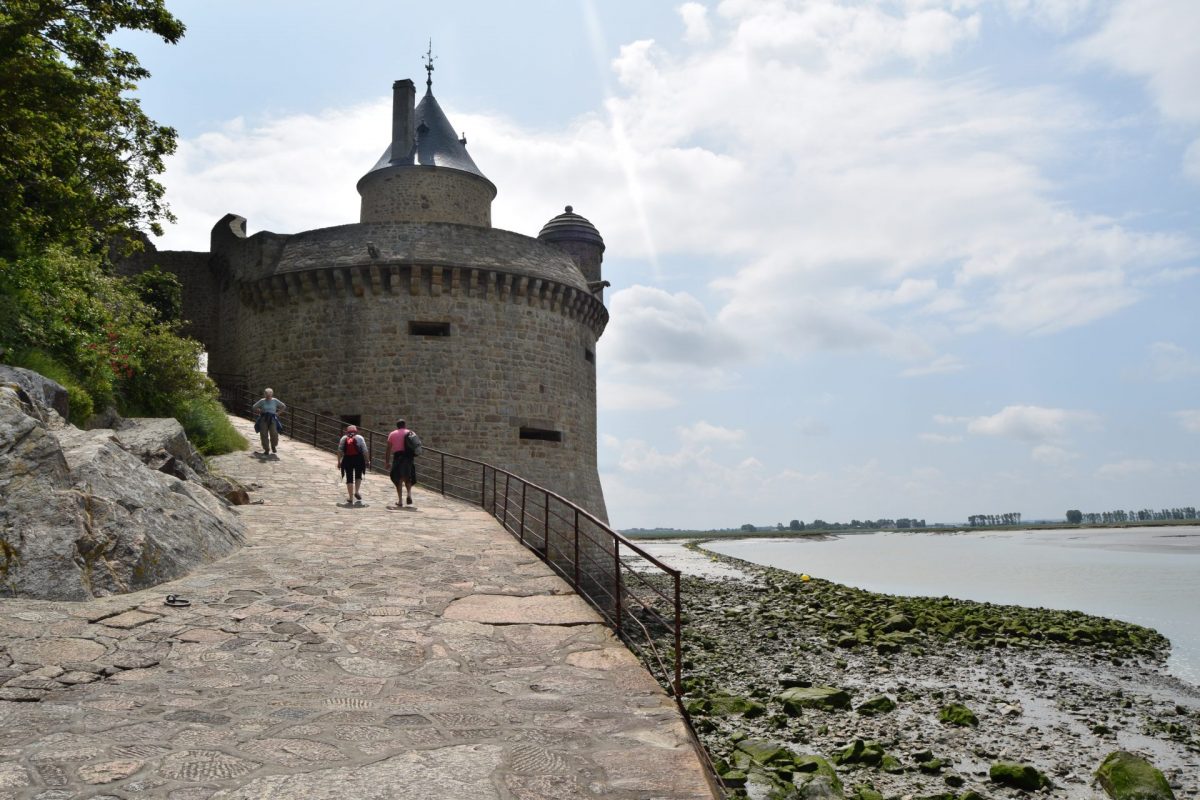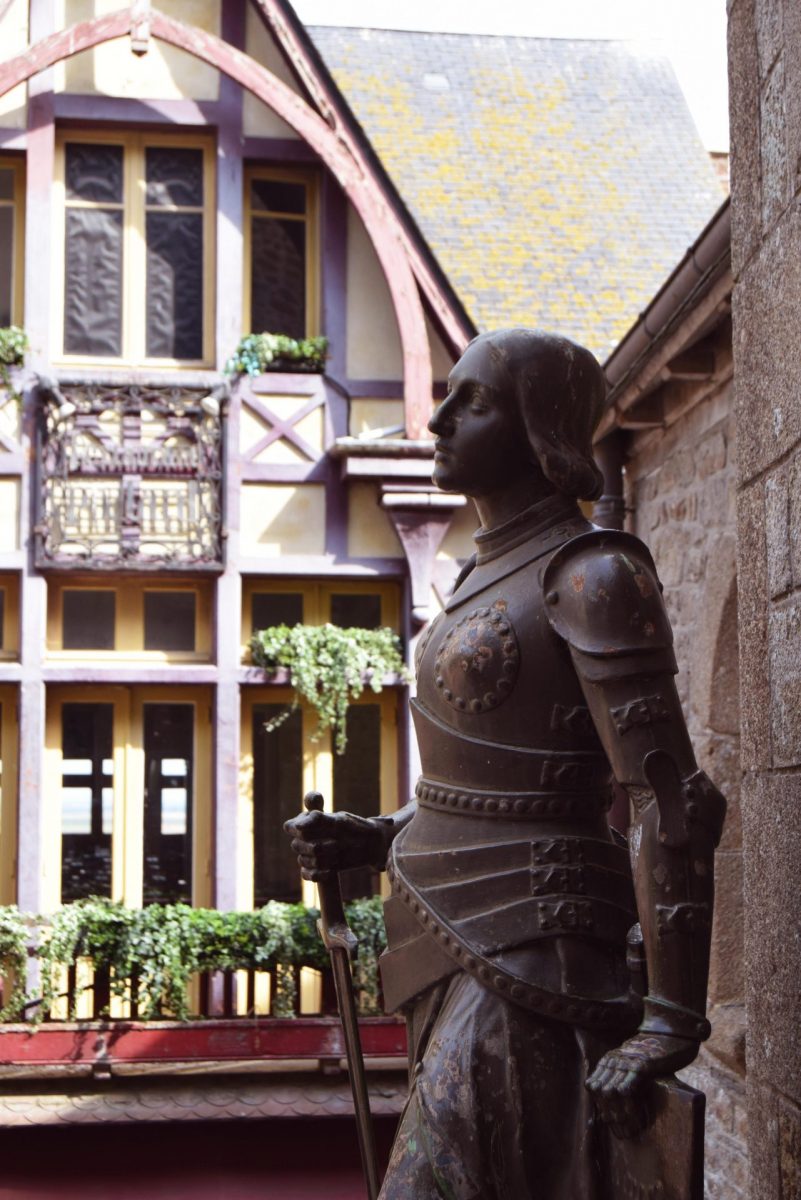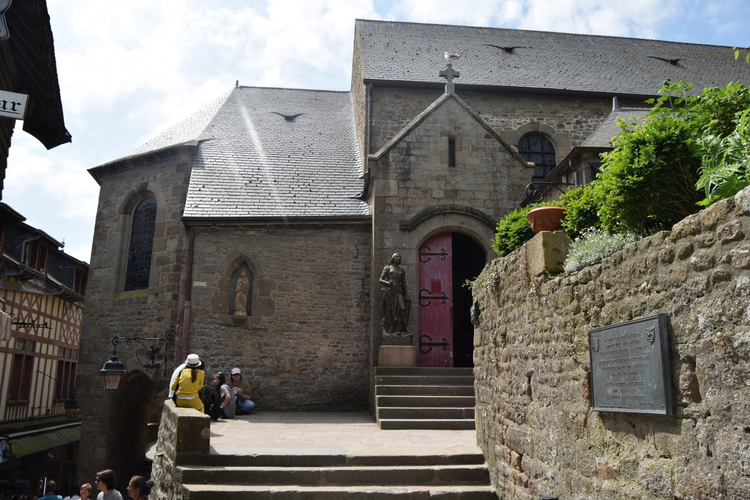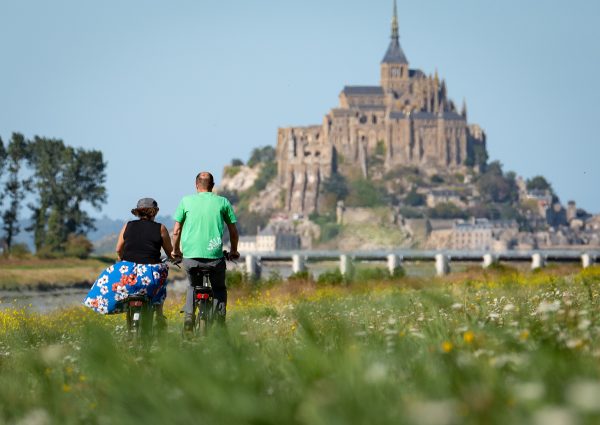Mont Saint-Michel is not only one of the greatest spiritual and tourist sites in France, it is a real village with its own Town Hall, elected officials, parish church and cemetery.
In the Middle Ages, the rock was home to 400 inhabitants, while more than a thousand people lived there during the abbey’s time as a prison. For generations, a handful of families have ensured the livelihood of this mediaeval village, protected by its ramparts. Mont Saint-Michel, in the middle of the Bay, the home of the highest tides in continental Europe, welcomes nearly 2.5 million visitors and pilgrims from all over the world, every year.
Every evening, Mont Saint-Michel lights up at nightfall. The abbey is also adorned with lights in the summer during the Nocturnes Shows of the Abbey .
The ramparts
Since the Hundred Years’ War, the construction of ramparts has given Mont Saint-Michel its reputation as an impregnable fortress. Seven towers are connected via a walkway open to the public. The North Tower (13th century) is an excellent advantage point for observing the tidal bore. The ramparts also allow visitors to reach the abbey.
The Grande Rue
The Grande Rue, the village’s main throughfare, is protected by three successive gates. The Porte de l’Avancée, providing access to both carts and pedestrians, leads to the courtyard of the same name, which houses the former Corps de Garde des Bourgeois (16th century). Once you cross the Porte du Boulevard, you will then come to face the drawbridge, known as the Porte du Roy. Here begins the Grande Rue, which leads up to the abbey as it crosses the village, and has kept its mediaeval shops and signs. On the right, the drawbridge passage also leads to the rampart path.
St Peter’s Church, the Pilgrim’s House and the forecourt of the Croix de Jérusalem, at the top of the village, bear witness to the site’s past and present spiritual activity.
Local cuisine
The area’s local cuisine contributes to the fame of Mont Saint-Michel. In 1873, Annette and Victor Poulard opened an inn at the current location of the Post Office and Tourist Information Office. They offered a simple and hearty dish to refresh pilgrims after their arduous journey; and so, the famous wood-fired soufflé omelette was born. In 1888 they moved to their current establishment, where the omelette makers continue to demonstrate how to prepare the original recipe, day after day.
Another specialty well known to gourmets: salt-marsh lamb. The grass – periodically covered by the sea – gives its flesh a soft and tender texture, with little fat. Seafood from the Bay, such as mussels and oysters, complete the local gastronomic selection on offer.
Souvenirs
With the arrival of the first pilgrims, trinket shops were set up in the village. In these small stalls, everyone could buy lead pilgrimage seals stamped with a scallop shell or representing St Michael. Today, shopkeepers maintain this mediaeval tradition and are at the service of pilgrims and travellers from all over the world, in search of a souvenir of their visit.
Venelle du Guet
Also known as the “Ruelle des cocus” or “Cuckold’s Alley”, this is the smallest street on the Mont Saint-Michel. It is so narrow that you couldn’t pass through with horns, hence the name … To find it, take the Grande Rue and turn left in front of the Hotel La Croix Blanche.
Small gardens
Half of the village has always remained free of buildings. During the sieges, the inhabitants cultivated these protected lands to provide for their needs. The houses along the Grande Rue hide small enclosed gardens, which can be seen from the ramparts or from the alleyways and suspended staircases. At the foot of the abbey, the monastic community still cultivates its vegetable garden. The north, steeper side of the rock has remained in its wild state.
at the end of a pole – with red rags sewn together, or baking in the sun, between the roof of one house and the ground floor of another,
a little garden as big as a table where the leeks languishing in thirst lay down their leaves on the grey earth; while the other
face of the rock, the one that looks out over the open sea, is naked, deserted, so steep that the bushes that have grown there struggle to stick to it and, all leaning into the abyss, seem ready to fall. ”
The Gabriel Tower and the quay
This machicolated tower, built around 1524, protects the west side. Over the years it has served as a mill, and then as a lighthouse to direct the boats entering the river Couesnon. A small door on its right gives access to the old quay. Mooring rings remain today, offering proof of its maritime activity of yesteryear
The Saint-Pierre Parish Church
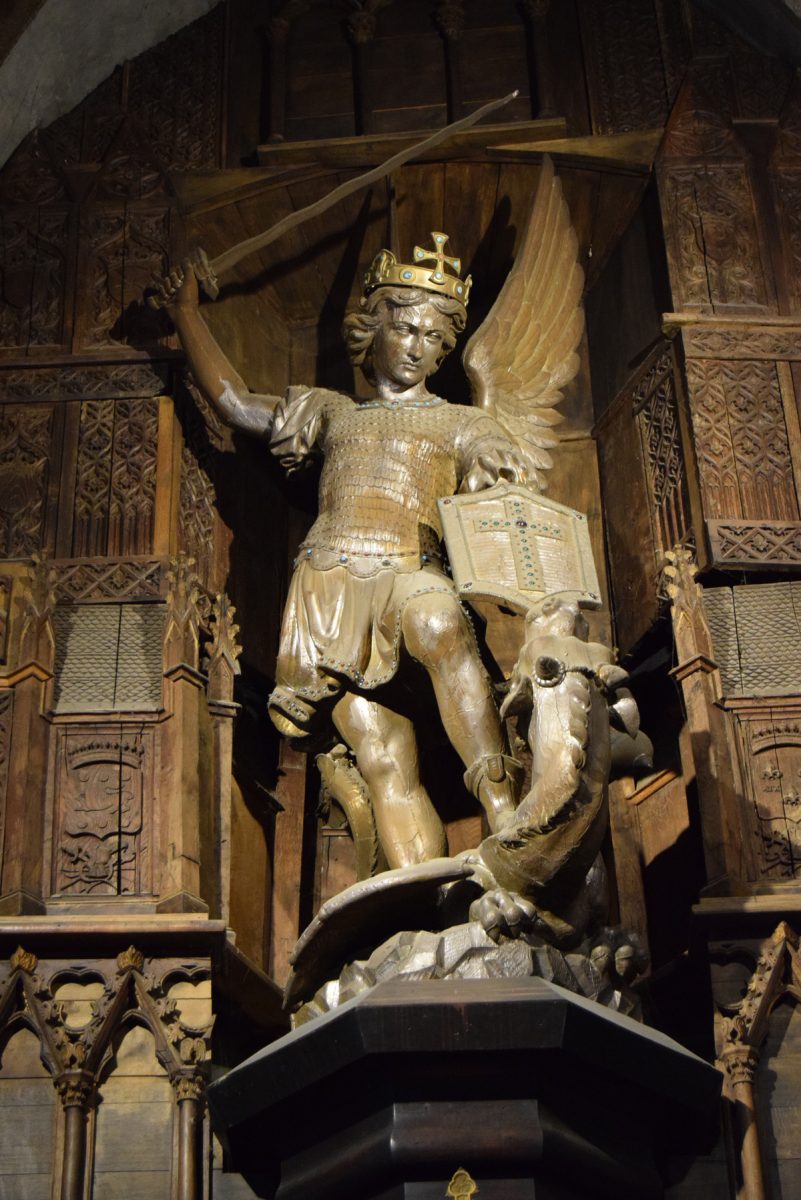
The parish church, a small building constructed in the 15th and 16th centuries, is dedicated to St Peter, patron saint of fishermen and believed by Catholics to be the holder of the keys to heaven. Pilgrims pass through it symbolically before reaching the abbey, an image of heaven on earth. The statue of Joan of Arc enthroned at the entrance pays homage to the Archangel, who guided her during the Hundred Years War. The village cemetery, located right next to the church, houses the tomb of the Poulard couple. Since 1886, the parish church has been the official site of devotion to St Michael, and services are regularly held there. The Sanctuary and the Tourist Office play an active part in the Villes Sanctuaires in France association, which brings together 18 major religious and tourist destinations.


